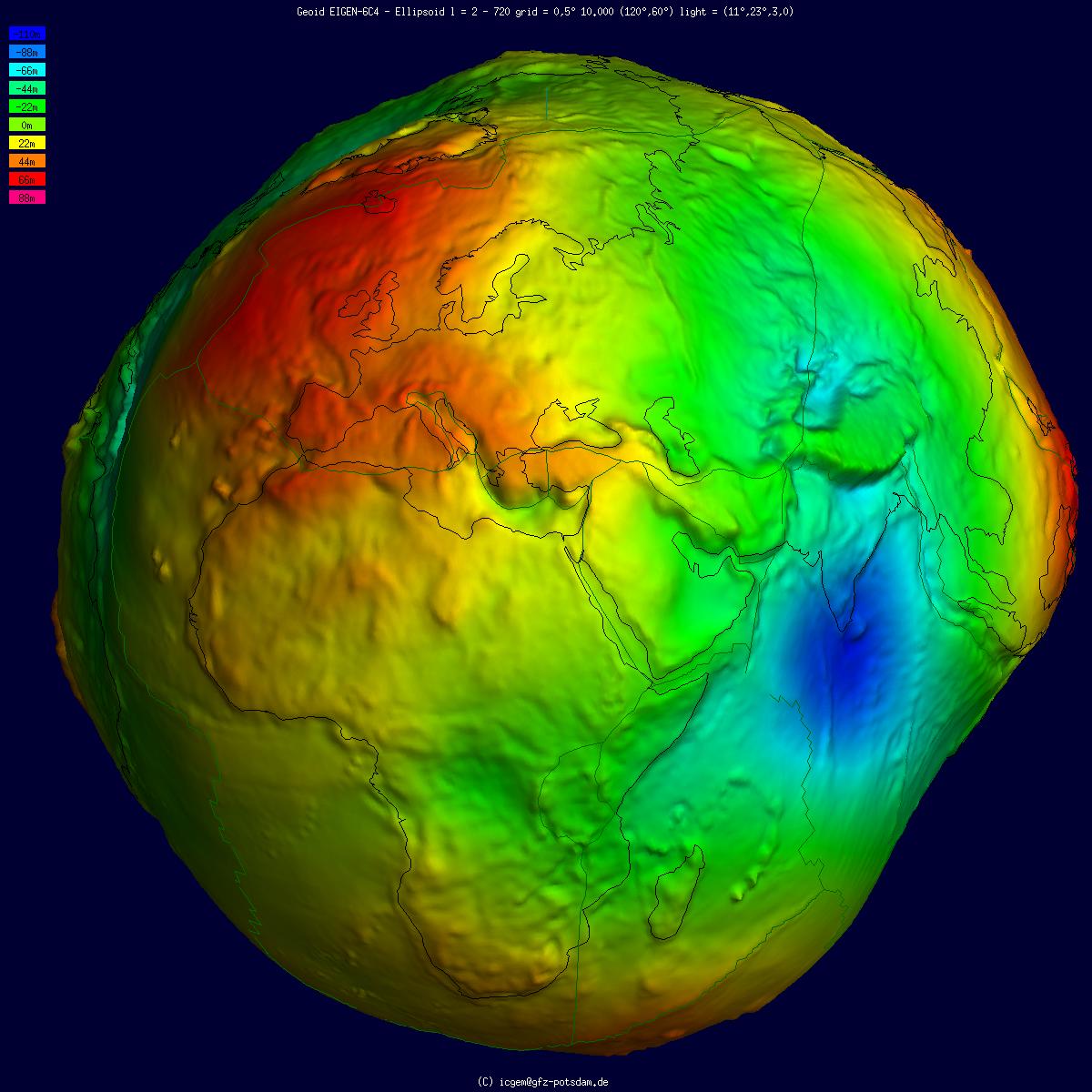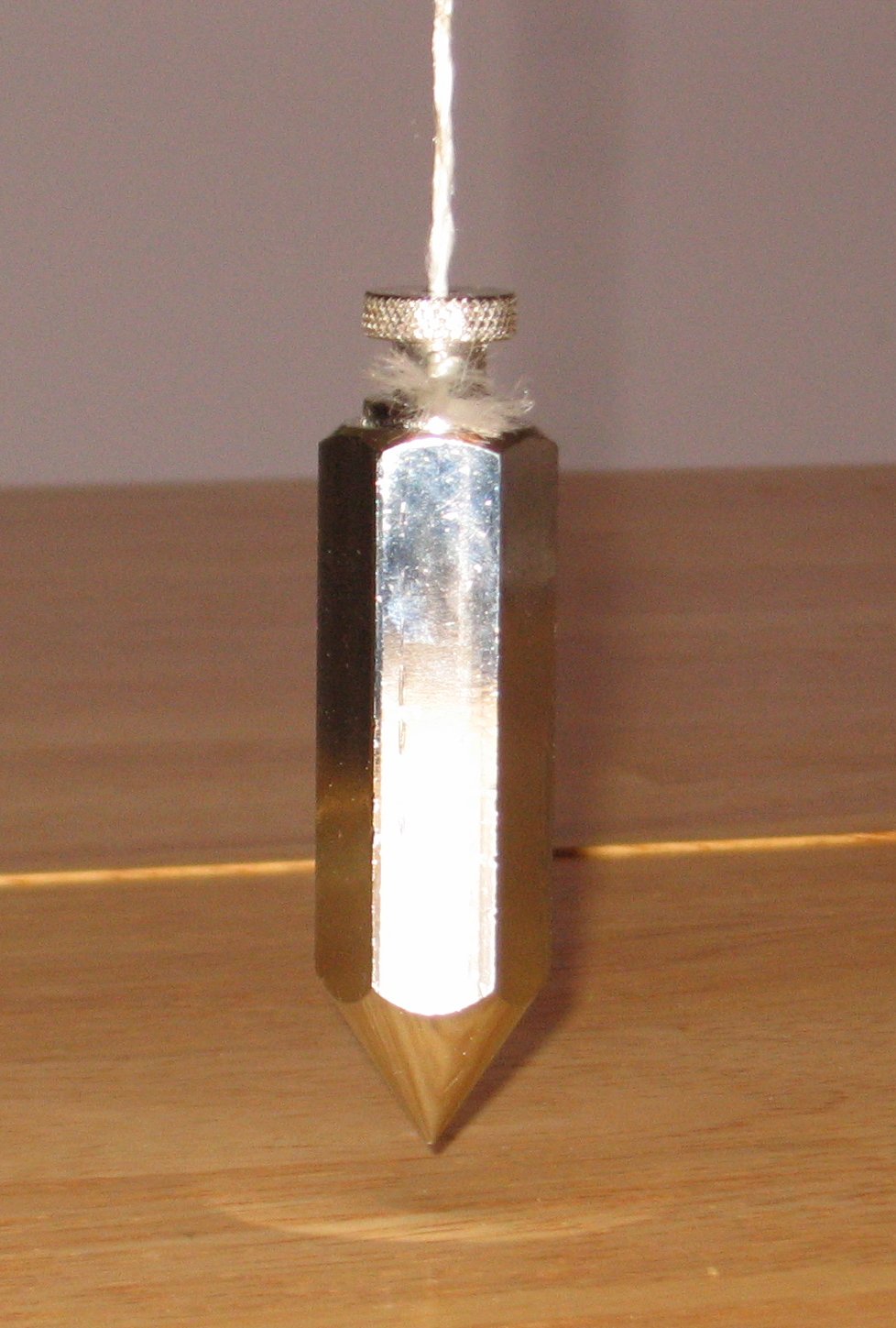|
Orthometric Height
The orthometric height is the vertical distance ''H'' along the plumb line from a point of interest to a reference surface known as the ''geoid'', the vertical datum that approximates mean sea level. Orthometric height is one of the scientific formalizations of a laypersons' "height above sea level", along with other types of heights in Geodesy. In the US, the current NAVD88 datum is tied to a defined elevation at one point rather than to any location's exact mean sea level. Orthometric heights are usually used in the US for engineering work, although dynamic height may be chosen for large-scale hydrological purposes. Heights for measured points are shown on National Geodetic Survey data sheets, data that was gathered over many decades by precise spirit leveling over thousands of miles. Alternatives to orthometric height include dynamic height and normal height, and various countries may choose to operate with those definitions instead of orthometric. They may also adopt slightl ... [...More Info...] [...Related Items...] OR: [Wikipedia] [Google] [Baidu] |
Vertical Distance
Vertical position or vertical location, also known as vertical level or simply level, is a position (mathematics), position along a vertical direction above or below a given vertical datum (reference level). Vertical distance or vertical separation is the distance between two vertical positions. Many vertical coordinates exist for expressing vertical position: depth, height, altitude, elevation, etc. Definitions The International Organization for Standardization (ISO), more specifically Spatial reference system, ISO 19111, offers the following two definitions: * ''depth'': "distance of a point from a chosen reference surface measured downward along a line perpendicular to that surface." * ''height'': "distance of a point from a chosen reference surface measured upward along a line perpendicular to that surface"; ISO 6709 (2008 version) makes the following additional definition: * ''altitude'': "height where the chosen reference surface is mean sea level" The International Civil A ... [...More Info...] [...Related Items...] OR: [Wikipedia] [Google] [Baidu] |
Normal Height
Normal heights is a type of height above sea level introduced by Mikhail Molodenskii. The normal height H^* (or H^N) of a point is computed as the ratio of a point's geopotential number (i.e. its geopotential difference with that of sea level), by the average, normal gravity computed along the plumb line of the point. (More precisely, along the ellipsoidal normal, averaging over the height range from 0 — on the reference ellipsoid — to H^*; the procedure is thus recursive.) Normal heights are thus dependent upon the reference ellipsoid chosen. The Soviet Union and many other Eastern European countries have chosen a height system based on normal heights, determined by geodetic precise levelling. Normal gravity values are easy to compute and "hypothesis-free", i.e., one does not have to know, as one would for computing orthometric heights, the density of the Earth's crust around the plumb line. The reference surface that normal heights are measured from is called the quasi-geoid ... [...More Info...] [...Related Items...] OR: [Wikipedia] [Google] [Baidu] |
Physical Geodesy
Physical may refer to: *Physical examination In a physical examination, medical examination, or clinical examination, a medical practitioner examines a patient for any possible medical signs or symptoms of a medical condition. It generally consists of a series of questions about the patien ..., a regular overall check-up with a doctor * ''Physical'' (Olivia Newton-John album), 1981 ** "Physical" (Olivia Newton-John song) * ''Physical'' (Gabe Gurnsey album) * "Physical" (Alcazar song) (2004) * "Physical" (Enrique Iglesias song) (2014) * "Physical" (Dua Lipa song) (2020) *"Physical (You're So)", a 1980 song by Adam & the Ants, the B side to " Dog Eat Dog" * ''Physical'' (TV series), an American television series See also {{disambiguation ... [...More Info...] [...Related Items...] OR: [Wikipedia] [Google] [Baidu] |
Datum Of 2022
The National Spatial Reference System (NSRS), managed by the National Geodetic Survey (NGS), is a coordinate system that includes latitude, longitude, elevation, and other values. The NSRS consists of a National Shoreline, the NOAA CORS Network (a system of Global Positioning System Continuously Operating Reference Stations), a network of permanently marked points, and a set of models that describe dynamic geophysical processes affecting spatial measurements. Pre-2022, the system is based on NAD 83 and NAVD 88. In 2022, the NSRS will be modernized with a focus on GNSS and geoid use. It will use the following four frames of reference, each representing a tectonic plate: *North American Terrestrial Reference Frame of 2022 (NATRF2022) *Pacific Terrestrial Reference Frame of 2022 (PTRF2022) *Caribbean Terrestrial Reference Frame of 2022 (CTRF2022) *Mariana Terrestrial Reference Frame of 2022 (MTRF2022) Datum of 2022 The Datum of 2022 is a placeholder name for a new geodetic datum set ... [...More Info...] [...Related Items...] OR: [Wikipedia] [Google] [Baidu] |
Geoid Height
The geoid () is the shape that the ocean surface would take under the influence of the gravity of Earth, including gravitational attraction and Earth's rotation, if other influences such as winds and tides were absent. This surface is extended through the continents (such as with very narrow hypothetical canals). According to Gauss, who first described it, it is the "mathematical figure of the Earth", a smooth but irregular surface whose shape results from the uneven distribution of mass within and on the surface of Earth. It can be known only through extensive gravitational measurements and calculations. Despite being an important concept for almost 200 years in the history of geodesy and geophysics, it has been defined to high precision only since advances in satellite geodesy in the late 20th century. All points on a geoid surface have the same geopotential (the sum of gravitational potential energy and centrifugal potential energy). The force of gravity acts everywhere ... [...More Info...] [...Related Items...] OR: [Wikipedia] [Google] [Baidu] |
Reference Ellipsoid
An Earth ellipsoid or Earth spheroid is a mathematical figure approximating the Earth's form, used as a reference frame for computations in geodesy, astronomy, and the geosciences. Various different ellipsoids have been used as approximations. It is a spheroid (an ellipsoid of revolution) whose minor axis (shorter diameter), which connects the geographical North Pole and South Pole, is approximately aligned with the Earth's axis of rotation. The ellipsoid is defined by the ''equatorial axis'' (''a'') and the ''polar axis'' (''b''); their radial difference is slightly more than 21 km, or 0.335% of ''a'' (which is not quite 6,400 km). Many methods exist for determination of the axes of an Earth ellipsoid, ranging from meridian arcs up to modern satellite geodesy or the analysis and interconnection of continental geodetic networks. Amongst the different set of data used in national surveys are several of special importance: the Bessel ellipsoid of 1841, the international H ... [...More Info...] [...Related Items...] OR: [Wikipedia] [Google] [Baidu] |
Ellipsoidal Height
Geodetic coordinates are a type of curvilinear orthogonal coordinate system used in geodesy based on a ''reference ellipsoid''. They include geodetic latitude (north/south) , ''longitude'' (east/west) , and ellipsoidal height (also known as geodetic height). The triad is also known as Earth ellipsoidal coordinates (not to be confused with '' ellipsoidal-harmonic coordinates''). Definitions Longitude measures the rotational angle between the zero meridian and the measured point. By convention for the Earth, Moon and Sun, it is expressed in degrees ranging from −180° to +180°. For other bodies a range of 0° to 360° is used. For this purpose, it is necessary to identify a ''zero meridian'', which for Earth is usually the Prime Meridian. For other bodies a fixed surface feature is usually referenced, which for Mars is the meridian passing through the crater Airy-0. It is possible for many different coordinate systems to be defined upon the same reference ellipsoid. Geodetic ... [...More Info...] [...Related Items...] OR: [Wikipedia] [Google] [Baidu] |
ECEF
The Earth-centered, Earth-fixed coordinate system (acronym ECEF), also known as the geocentric coordinate system, is a cartesian spatial reference system that represents locations in the vicinity of the Earth (including its surface, interior, atmosphere, and surrounding outer space) as ''X'', ''Y'', and ''Z'' measurements from its center of mass. Its most common use is in tracking the orbits of satellites and in satellite navigation systems for measuring locations on the surface of the Earth, but it is also used in applications such as tracking crustal motion. The distance from a given point of interest to the center of Earth is called the geocentric distance, , which is a generalization of the ''geocentric radius'', , not restricted to points on the reference ellipsoid surface. The geocentric altitude is a type of altitude defined as the difference between the two aforementioned quantities: ; it is not to be confused for the ''geodetic altitude''. Conversions between ECEF a ... [...More Info...] [...Related Items...] OR: [Wikipedia] [Google] [Baidu] |
Differential Leveling
Levelling or leveling (American English; see spelling differences) is a branch of surveying, the object of which is to establish or verify or measure the height of specified points relative to a datum. It is widely used in geodesy and cartography to measure vertical position with respect to a vertical datum, and in construction to measure height differences of construction artifacts. Optical levelling Optical levelling, also known as spirit levelling and differential levelling, employs an ''optical level'', which consists of a precision telescope with crosshairs and stadia marks. The cross hairs are used to establish the level point on the target, and the stadia allow range-finding; stadia are usually at ratios of 100:1, in which case one metre between the stadia marks on the levelling staff represents 100metres from the target. The complete unit is normally mounted on a tripod, and the telescope can freely rotate 360° in a horizontal plane. The surveyor adjusts the instrum ... [...More Info...] [...Related Items...] OR: [Wikipedia] [Google] [Baidu] |
Spirit Leveling
Levelling or leveling (American English; see spelling differences) is a branch of surveying, the object of which is to establish or verify or measure the height of specified points relative to a datum. It is widely used in geodesy and cartography to measure vertical position with respect to a vertical datum, and in construction to measure height differences of construction artifacts. Optical levelling Optical levelling, also known as spirit levelling and differential levelling, employs an ''optical level'', which consists of a precision telescope with crosshairs and stadia marks. The cross hairs are used to establish the level point on the target, and the stadia allow range-finding; stadia are usually at ratios of 100:1, in which case one metre between the stadia marks on the levelling staff represents 100metres from the target. The complete unit is normally mounted on a tripod, and the telescope can freely rotate 360° in a horizontal plane. The surveyor adjusts the instr ... [...More Info...] [...Related Items...] OR: [Wikipedia] [Google] [Baidu] |
Plumb Line
A plumb bob, plumb bob level, or plummet, is a weight, usually with a pointed tip on the bottom, suspended from a string and used as a vertical reference line, or plumb-line. It is a precursor to the spirit level and used to establish a vertical datum. It is typically made of stone, wood, or lead, but can also be made of other metals. If it is used for decoration, it may be made of bone or ivory. The instrument has been used since at least the time of ancient EgyptDenys A. Stocks. Experiments in Egyptian archaeology: stoneworking technology in ncient Egypt'. Routledge; 2003. . p. 180. to ensure that constructions are "plumb", or vertical. It is also used in surveying, to establish the nadir with respect to gravity of a point in space. It is used with a variety of instruments (including levels, theodolites, and steel tapes) to set the instrument exactly over a fixed survey marker or to transcribe positions onto the ground for placing a marker. Etymology The ''plu ... [...More Info...] [...Related Items...] OR: [Wikipedia] [Google] [Baidu] |



